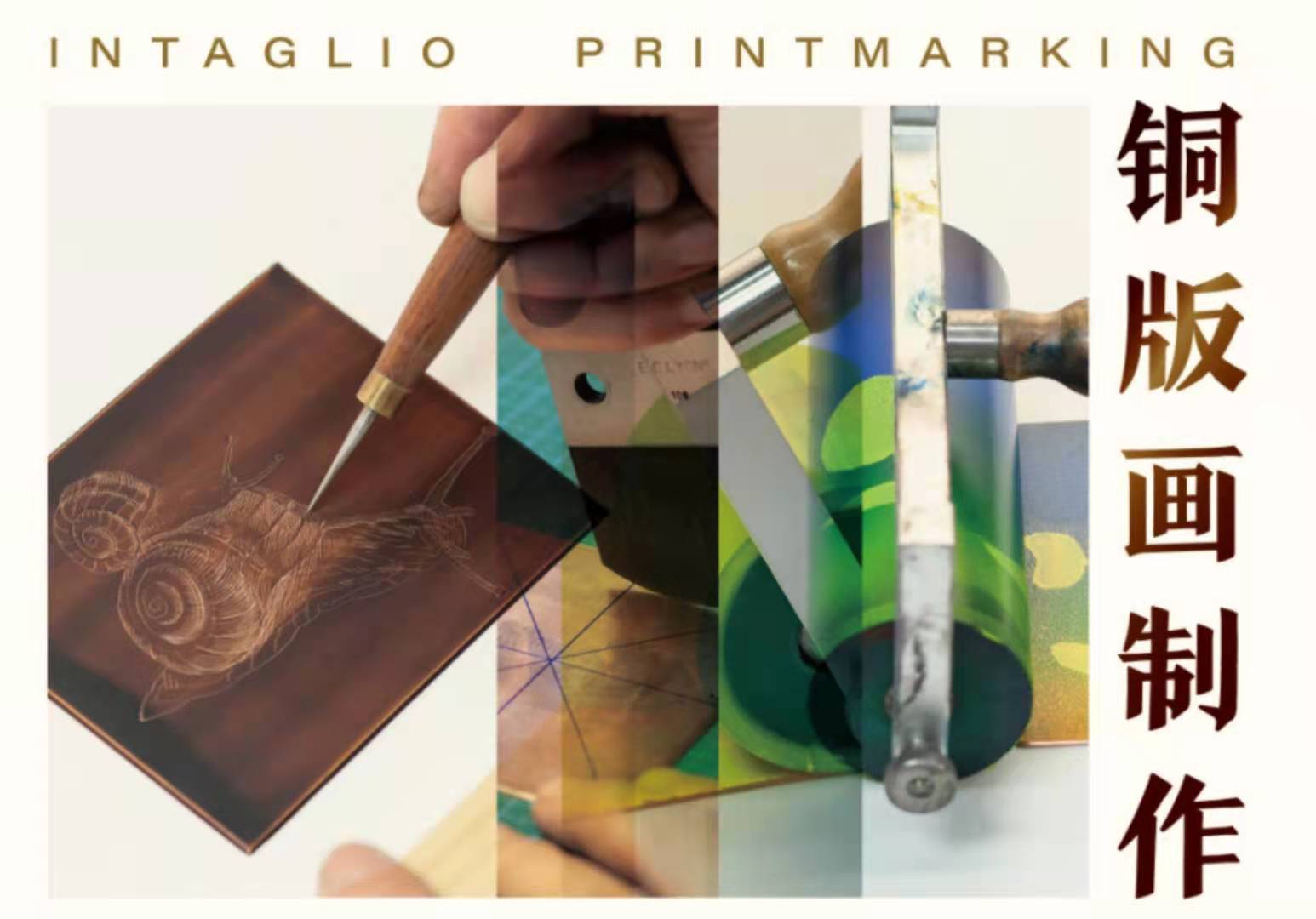
当前课程知识点:e时代的新课堂——在线教育概论 > 第三章 高校在线教育进行时 > 3.5.7课前课中课后雨课件设计要点 > 3.5.7课前课中课后雨课件设计要点
那接下来我想分享的就是
Next, I would like to share with you
预习雨课件的设计要点
the key points in designing pre-class Rain Courseware.
预习的目的
The purpose of preparing for lessons
是为了更好的听课做准备的
is to get ready for the next lessons.
所以针对于那些不会预习的学生
So, for those students who don't know how to prepare for lessons,
我们要在预习课件中列出预习要点
we need to list key points in the pre-class courseware.
每个要点要设计好预习的任务
For each key point, tasks should be designed.
而不是简单地说
We shouldn't simply
同学们你们应该预习下一章
tell students that they should preview the next chapter
你们把书看一看
and tell them to take a look at the textbook.
那么这么一说好多同学不会做预习
Many students won't do this if their teacher says that.
但是通过雨课件推荐
However, through recommendations from the Rain Courseware,
就能让他学会预习
students learn how to prepare for lessons.
而且预习不必求甚解
During this process, students don't need to seek a deep understanding,
只求知道将要讲什么
they just need to know what they are going to learn
并且略有思考就可以了
and think about it a little bit.
所以其实设计雨课件
So, actually, when designing the Rain Courseware,
还有一个我个人的经验就是说
according to my personal experience,
春风化雨 润物细无声
I needed to make it like "the life-giving spring breeze and rain, that gives vital moisture to all things silently,"
别下暴雨
and not like a thunder storm.
也就是说不要通过雨课件
Therefore, don't give too many or too heavy tasks
给学生推了太多太重的任务
to students through the Rain Courseware.
那学生不能承受的话
If students can't bear it,
他可能也就干脆不执行了
they may just give up on the tasks.
在面授过程中
During the face-to-face teaching process,
我们怎么去使用雨课件呢
how can we use the Rain Courseware?
我主要是在面授过程中
Personally, during the face-to-face teaching process,
去嵌入雨课堂的练习题
I mainly use the Rain Classroom's embedded exercises.
这个题目我认为相对应该比较简单
I think the exercises should be relatively simple,
因为是直接检验
because they are used to directly test
刚刚学到的内容有没有掌握
whether students have mastered the content they just learned.
如果题目太难了
If they are too difficult,
全班同学都答不对
and the whole class can't answer them correctly,
那你也就反而这个信息就跟没有一样
then the information will mean nothing.
反正大家都没有跟上你的进度
In this case, nobody keeps up with your pace.
那接下来怎么办
So what will you do next?
难道不讲了或者彻底重讲一遍
Will you give up or start again from the beginning?
所以这个难度设计要适中
Therefore the difficulty should be moderately designed.
稍微简单一点
It should be slightly simple.
很直接地测验刚刚学的内容掌握了没有
You can directly test whether they master the content they've just learned.
然后根据各个选项的人数
According to the number of students for each option,
你就可以基本确定学生掌握情况了
you can find out whether they master the content.
这样就可以及时针对性的讲解
Then you can explain in a timely and targeted manner.
那么复习雨课件的设计的要点
As for the key point in designing after-class Rain Courseware,
是要针对学生常见的状态来设计
the similarities in students' situations should be taken into consideration.
什么状态呢
What situations am I referring to?
一些学生懒得复习直接写作业
Some students are too lazy to review lessons and simply complete the task.
他赶赶作业应付应付完成任务拉倒
They just want to finish the homework quickly and muddle through their work.
其实这样做的话
In fact, in this way,
他花出的时间会更多
they end up spending more time working.
这个时候我们用复习雨课件
At this point, we can give them some tasks
来给他一些复习任务
using the after-class Rain Courseware.
还有一些学生不会复习
Some students don't know how to review lessons.
他只看书不动手实践
They just read books without putting what they have learned into practice.
这个时候在复习雨课件上
In this case, in the after-class Rain Courseware,
我就会给他动手实践的任务
We can give them hands-on tasks.
当然这个动手实践的任务
Of course, to complete a hands-on task,
仅仅看雨课件是不能够足以完成的
simply watching the Rain Courseware is not enough.
他还要去进到他应有的实践环境中去
Students need to go into a practical environment.
比如说呢在计算机程序设计的课程中
For example, for a computer programming course,
它就要进到一个编译环境中去
they should go into a compilation environment
写写程序
and write programs.
那么复习雨课件的特色是什么呢
So what are the characteristics of the after-class Rain Courseware?
要列出复习的重点
The focus of a review should be listed.
给出复习的任务
Review tasks should be given.
引导学生边复习边动手实践
Students should be guided to review lessons and put what they've learned into practice.
另外就是我们上课的时候
In addition, when we are in class,
总有一部分内容说
teachers often tell students that
这部分不讲了请大家回去自学
some parts won't be talked about in class and they should study them by themselves after class.
那么同学们自学的时候
When students learn by themselves,
也会遇到这样那样的困难
they will encounter some difficulties,
因为仅仅看书自学的话
because it is definitely more difficult for students
比听老师讲课那肯定是要困难多一些
to read books and study by themselves than listen to the teacher in class.
现在我们有了慕课
Now, we have MOOCs,
就可以利用这一点
and we can make use of them.
让慕课帮同学来自学
We can use MOOCs to help students learn by themselves.
也就是说一部分内容我们不讲了
In other words, we won't talk about some content in class.
用慕课来取代
We replace it with MOOCs.
这个时候我们加上雨课件
At this point, we add the Rain Courseware,
学生就可以更方便地学习慕课内容
which allows students to learn the content of MOOCs more conveniently.
那我建议设计自学内容的时候
I suggest, when we design the self-study content,
要选择比较简单直接的内容
we choose simple and direct content
还有一些相对比较独立的内容
and something relatively independent.
安排为自学
These content can be arranged for self-study.
为什么要建议
Why do I suggest
将一些相对比较独立的知识点
arranging some relatively independent knowledge points
安排为自学内容呢
for self-study?
因为万一有学生他不学这部分内容
Because, if students don't learn this part,
也不影响他继续学习其他部分
it won't affect them when they continue to learn other parts.
这样你的大课的进度可以比较整齐
So students can generally keep up with your teaching pace in class.
但是要注意
But we should pay attention to something.
不要因为使用在线课程
Don't make the out-of-class learning hours increase a lot
增加很多课外学时
because of online courses,
使学生负担过重
otherwise, the burden on students will be too heavy.
还是那句话
As I said before,
春风化雨都是小雨
make it like the life-giving spring breeze and rain.
不要下暴雨
Not like a thunder storm.
下了暴雨
If it's like a storm,
学生反正也完不成任务
since students can't complete the tasks anyway,
他就不完成了
they won't bother to do them.
-混合式教学该怎么做?与清华老师一起聊聊
-看清华老师如何进行大班混合式教学
--Video
-如何做好混合式课堂的互动
--Video
-与清华大学老师聊聊慕课独特的教学设计
-“挑战60s”授课短视频大赛
--Video
-与清华大学老师聊聊慕课的制作与运营
--Video
-1.1在线教育发展现状
--html
-1.1.1在线教育带来了e时代的新课堂
-1.1.2师生说
--1.1.2师生说
-1.1.3我国在线教育的特点
-1.2什么是在线教育
--html
-1.2.1概念解析
-1.2.2教育的技术发展史
-1.2.3在线教育的五要素模型
-1.3在线教育对教师的机遇与挑战
--html
-1.3.1机遇篇
--1.3.1机遇篇
-1.3.2挑战篇
--1.3.2挑战篇
-1.4在线教育发展的历史
--html
-1.4.1二十世纪的发展
-1.4.2二十一世纪的发展
-1.4.3在线课程三要素
-1.4.4虚拟教育组织
-1.5课程内部体系和外部关系
-第一章 解读在线教育--单元习题
-讨论题
-2.1数字时代带来教育变革
-2.2在线教育更适应学生的学习需求
--html
-2.2.1教育需求的发展
-2.2.2学习风格与学习类型
-2.2.3多模态数据分析学生学习行为与需求
-2.2.4教育目标
-2.2.5拓展学习时空,促进深度学习
-2.2.6自主学习系统的案例分享
-2.3在线教育帮助教师成长
-2.4学校和国家为什么要做在线教育
-单元习题--作业
-3.1高等学校在线教育发展
-3.1.1学校现状
-3.1.2平台与联盟
-3.2不同类型的教师都能得益于混合式教学
-3.3混合式教学的好处
-3.3.1当前的教学问题
-3.3.2教师和学生的收益
-3.4混合式教学的关键细节与常见误解
-3.4.1关键细节一
-3.4.2关键细节二
-3.4.3关键细节三
-3.4.4误解篇一
-3.4.5误解篇二
-3.5智慧教学工具的发展
-3.5.1综述篇
--3.5.1综述篇
-3.5.2雨课堂的诞生
-3.5.3雨课堂的功能
-3.5.4课堂教学需要雨课堂
-3.5.5雨课堂解决面授时间紧张的问题
-3.5.6雨课堂解决课前课中课后的学习效果问题
-3.5.7课前课中课后雨课件设计要点
-第三章 高校在线教育进行时--单元习题
-讨论题
-讨论题
-4.1教育实践的展望(一) 教育创新
-4.2教育实践的创新(二) 教育技术与决策
-4.3教育理论的热点趋势
-第四章 在线教育的未来--单元习题
-讨论题
-5.1邓俊辉老师《数据结构》与《计算几何》教学案例
--html
-5.1.1慕课制作与使用心得(一)
-5.1.2慕课制作与使用心得(二)
-5.2张瑜老师《思想道德修养与法律基础》教学案例
--html
-5.2.1教学理念与混合式教学的主要环节
--Video
-5.2.2章节实例
-5.3杨芳老师《大学英语》教学案例
--html
-5.3.1混合式教学设计心得
-5.3.2 University单元教学设计
-5.4于歆杰老师《电路原理》教学案例
--html
-5.4.1小容量班级完全翻转课堂
-5.4.2大容量班级部分翻转课堂
-5.5郑莉老师《C++语言》教学案例 雨课件样例及校内教学心得分享
--Video
-单元习题--作业








